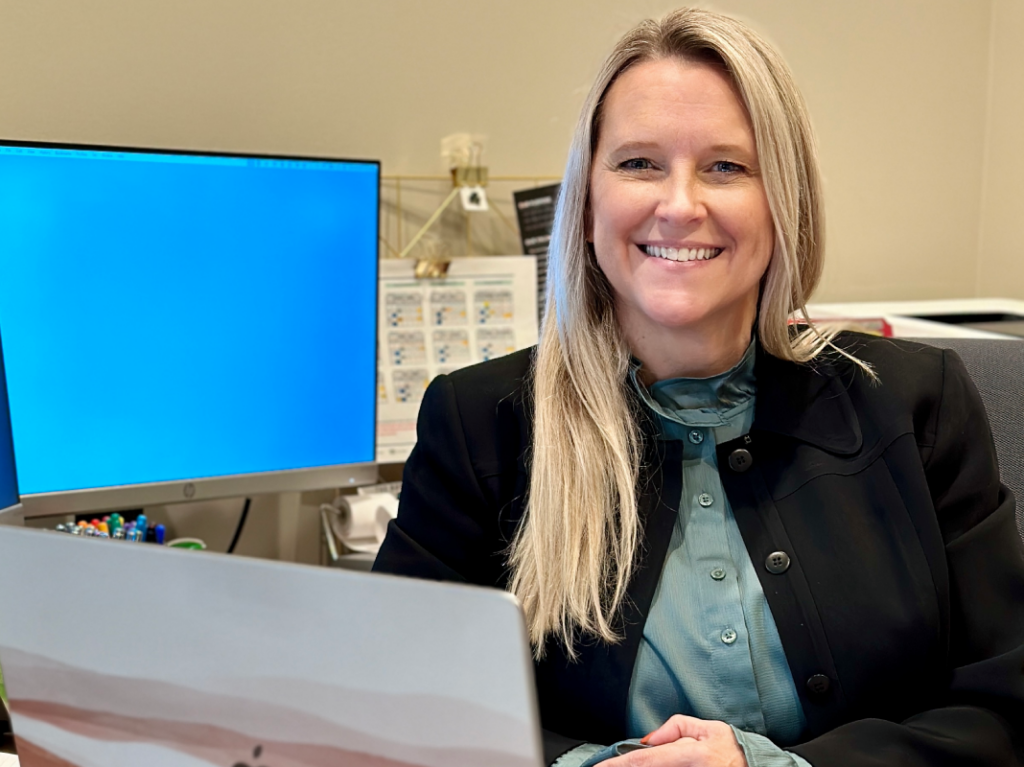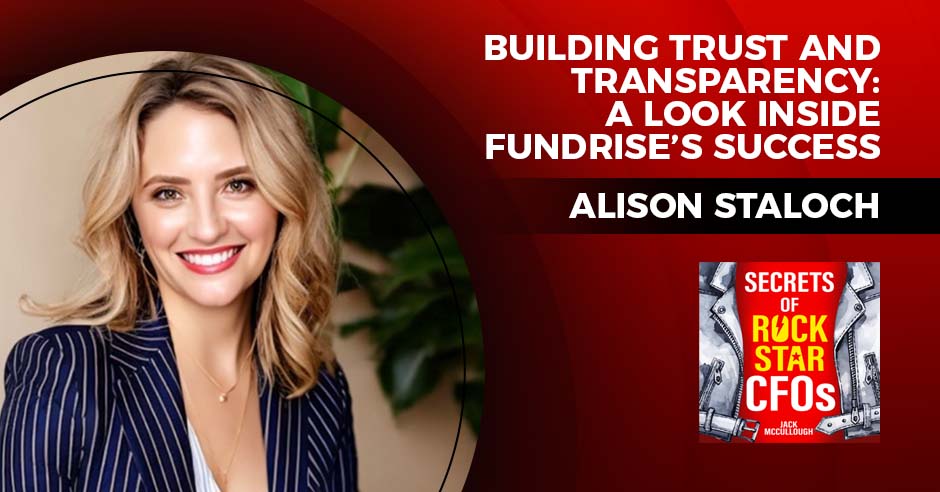In this uncertain economic climate, many businesses are under immense pressure to hit their top-line growth numbers, creating an organizational tunnel vision that’s laser focused on short-term revenue over long-term success.
Finance leaders should fight their organizations’ desire to have a “growth-at-all-costs mentality,” argues Chad Wonderling, CFO of Atlanta-based Salesloft. Wonderling spoke with StrategicCFO360 about how his organization approaches growth, how getting talent right is critical and the role of the CFO.
What are the dangers of focusing too narrowly on growth above all else?
Part of what spurs this growth-at-all-costs mentality is organizations seeing a limited market and thinking they need to get as big as they can as fast as possible. But when this happens, business discipline has gone out the window.
In the past several years, we’ve seen a lot of companies grow exponentially as they pour capital into growth initiatives. But when that expansion slows down, it’s very difficult to rein in the spending that has been the main catalyst behind that growth. Every near-term decision has long-term implications.
There are three things that impact a business from a growth perspective: How is your market doing? How are you executing on your objectives? Do you have the capacity to grow?
Of course, you can’t control the health of the market you’re in, though the onus is on you to navigate the pitfalls and scenario plan accordingly. You can certainly control execution—you just need to ensure you have the right people making the right decisions for the business.
But on the growth capacity side, especially as you’re making short-term decisions, you need to be smart about making choices that don’t impede the business’ ability to grow when the market bounces back. It’s a constant battle of making near-term decisions without hindering long-term growth, and it’s a balance that every software CFO is going through, if not every finance leader.
Instead of the perilous growth-at-all-costs approach, what approach do you recommend organizations take? What are more meaningful goals and metrics for sustainable success?
Previously, the growth-at-all costs approach pushed organizations into a rat race toward the next announcement or press release. There was a larger focus on valuation and money-raising, and organizations that burned through cash could simply go and raise more. But today, capital isn’t nearly as easy to raise as it once was.
Now, the focus has shifted to profitability, and more specifically, an emphasis on driving both internal and customer efficiencies that contribute to the bottom line.
Internally, organizations should explore how to foster more efficiency with everything they do across the business. That includes finding ways to become more efficient in their go-to-market efforts, how they sell and who they sell to, and how they service customers.
From a product offering standpoint, organizations should be obsessed with helping their customers drive efficiencies. How can they turn insights into action and actions into tangible business outcomes as effectively as possible?
In the context of this evolving macro environment, it’s important to be intentional in the metrics you strive for and to focus on outcomes above all else.
Throughout your tenure at Salesloft, you’ve seen a period of significant growth. How can CFOs balance periods of intense growth with downshifts in the economy while leading with a people-first mindset?
The best way to execute a people-first mindset is by creating a healthy business with a strong culture that invests in the people it has versus continuing to hire new people. If you’re able to make a commitment to employees to create a space where they can do more, be more and become more, you’ll find that investment pays dividends.
As a finance team, or as any management team, you have to constantly run scenario-planning in which you’re looking at both positive and challenging hypothetical circumstances. The goal here is to operate a business while having the visibility to maintain maximum flexibility.
For example, if you’re hiring people in droves and the market slows, you’re past the point of being able to adequately take care of the people that were there first. Alternatively, if you’re starting to see promising growth in the business, you can start to reinvest in bringing in new talent to propel the company forward.
It’s critical to have a pulse on the top line while being intentional about how you deploy capital on the bottom line to either capture growth or, alternatively, pull back if you’re not seeing the growth you want.
We tend to associate high-performance cultures with the kind of companies that cut the bottom 10 percent of their employees each year. But to me, a high-performance culture will always put its people first.
Driving success regardless of the economic environment means giving people the right tools and skills to succeed in their roles while cultivating a culture that holds employees accountable for delivering on their end, too. This commitment to people is what allows us to weather the proverbial—or literal—recession.
As a CFO, how do you go about goal setting for your organization? Do you prefer to home in on the next 12 months or think about the big picture several years down the road?
Finance is at the intersection of everything that happens in the business in quantitative terms. I view my job as a way to take financial objectives and tie them back into the day-to-day operations of the entire Salesloft team. Therefore, I think about goals across all areas of the business, from employee satisfaction to strategic partnerships to brand and PR.
In terms of focusing on short-term versus long-term goal setting, the short answer is that I do both. As I said above, it’s a constant balance. When you’re building any plan for the company—whether operational, financial or strategic—there’s the detailed, fine-grain plan that you build for the next 12 months. This plan is operationalized and can be injected into any part of the business to help drive everybody’s day-to-day actions.
But there’s also a coarse grain, zoomed-out view of the business that asks: Am I making decisions in the next 12 months that will put me on our trajectory to achieve longer term goals?
The bulk of the work lies in operationalizing the next 12 months of the business, but you need to also have that executive leadership layer that’s focused on continuing the company on its trajectory. You don’t need every detail worked out yet, but you need to know that you’re not doing something in the next 12 months that impedes future aspirations.
It’s important to approach these goals from both an internal and an external perspective that balances the business’ achievements with what’s happening in the market. These internal and external goals don’t have to align immediately, but they should be heading toward the same goal in the long run.








